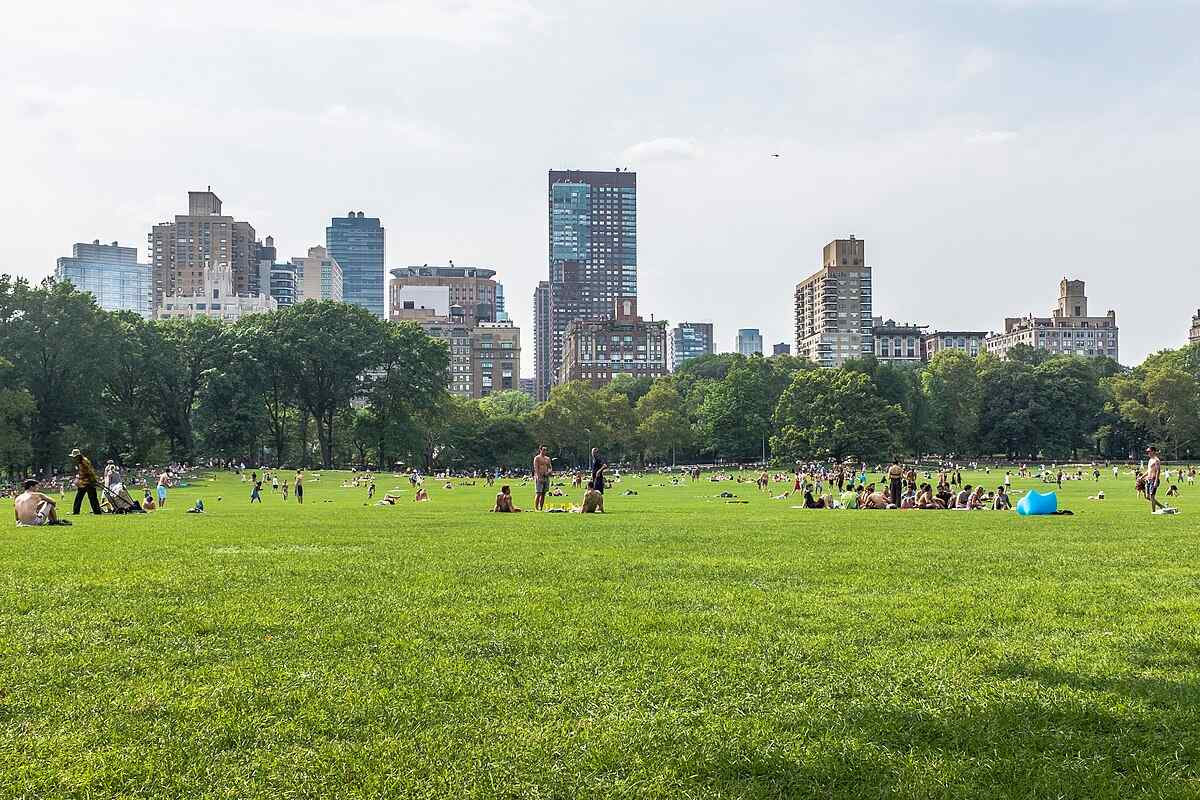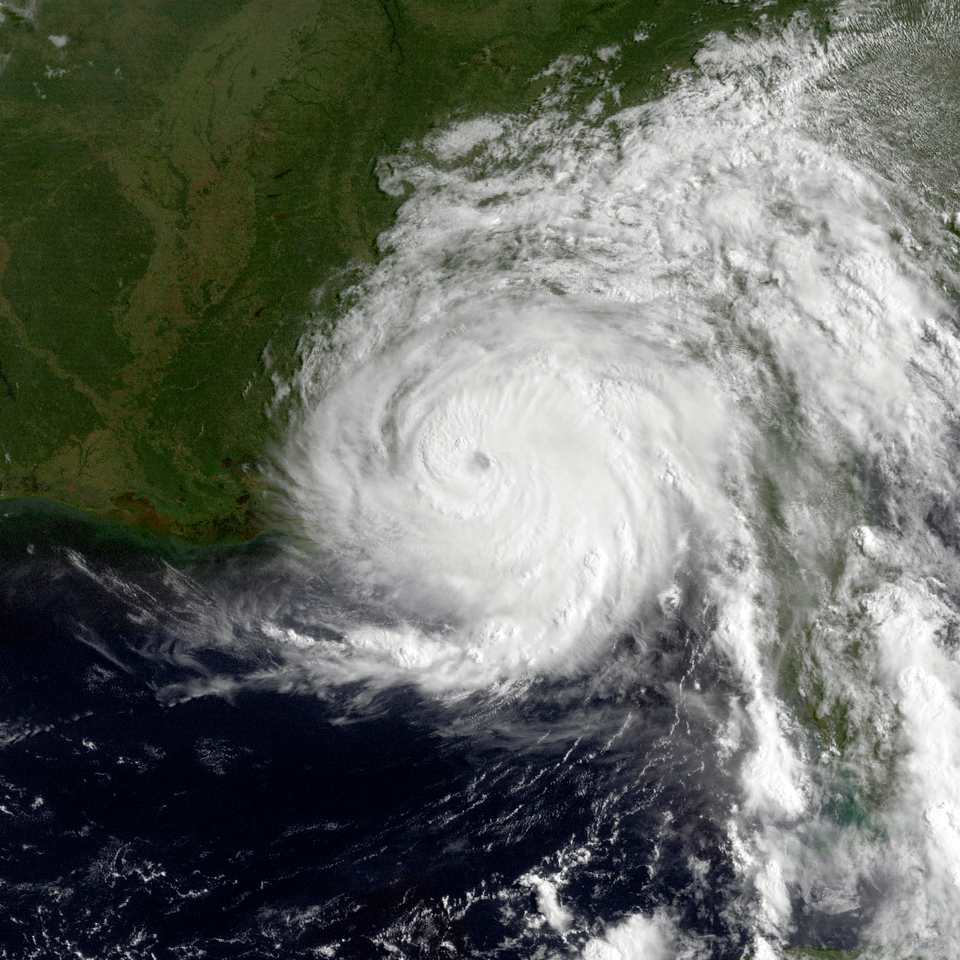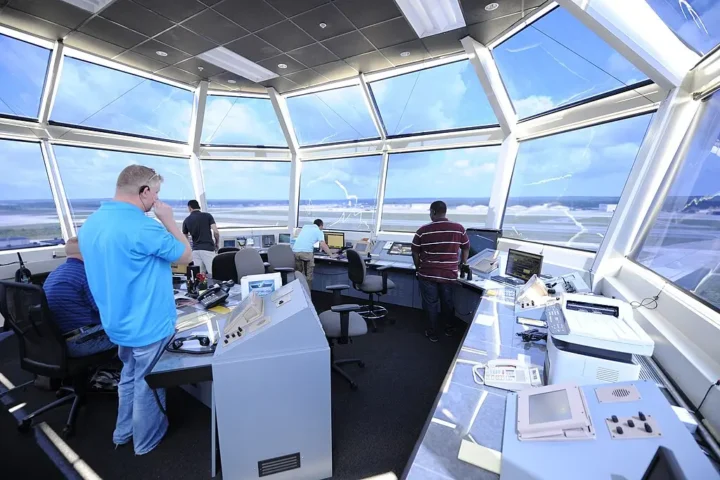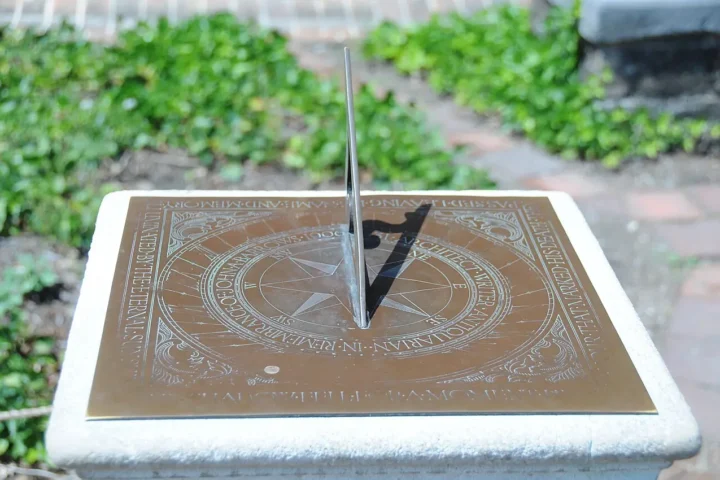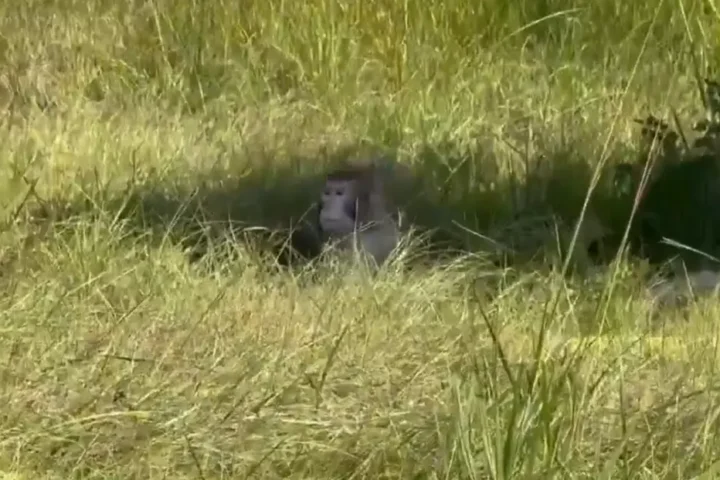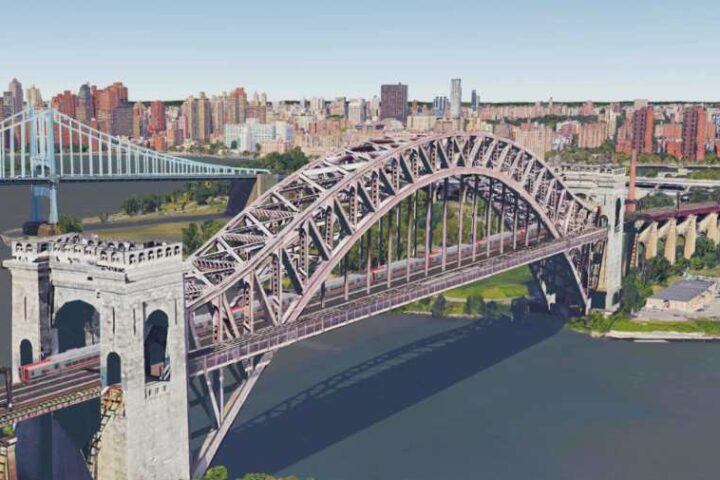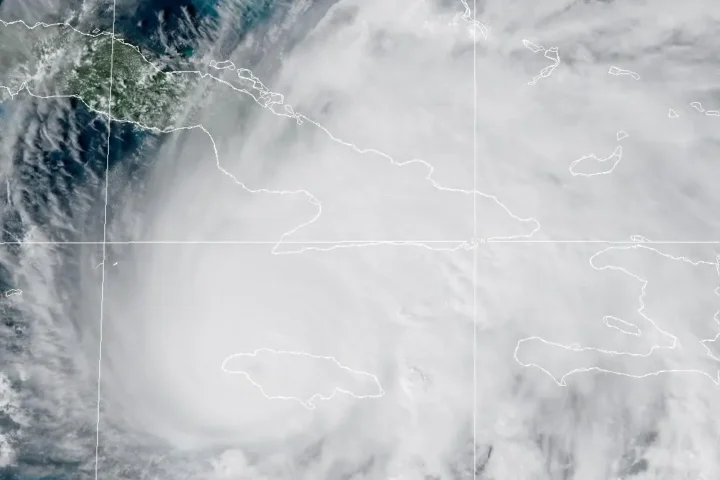Urban heat is throwing off tree timing in New York City parks. A new Yale study reveals that warmer winters are actually delaying the start of spring for trees, not speeding it up as scientists previously thought.
Researchers examined more than 20 years of satellite imagery and found that rising temperatures are disrupting the “chill accumulation” trees need before they can respond to spring warmth. This delay is most pronounced in medium-sized parks between roughly 1 and 18 hectares.
“Previously, the assumption was that warmer temperatures would advance the start of spring,” said Juwon Kong, lead author of the study published in Environmental Research Letters. “However, now we’re seeing that warming, particularly in winter, is actually delaying it.”
Why This Matters
Trees in temperate regions like the Northeast rely on a period of winter chill to prepare for spring growth. “Trees need a certain amount of cold to transition from dormancy. Then, after accumulating enough cold, they also need consistent warmth to leaf out,” Kong explained.
As NYC winters warm up, trees aren’t getting the cold period they require. This relationship between chilling accumulation and heat requirement is critical – when trees don’t get enough winter chill, they actually need more spring warmth to trigger leaf development.
This contradicts earlier assumptions that climate warming always advances spring onset. The effect creates a surprising situation where climate change is pushing the growing season later rather than earlier in city parks.
Similar Posts
Medium Parks Hit Hardest
Not all green spaces are affected equally. Medium-sized parks show the most significant delays. “These parks are too small to have a strong interior buffer from the urban heat, but too big to be fully dominated by edge conditions,” Kong said.
The surrounding buildings, asphalt, and traffic warm these “in-between” parks just enough to disrupt their natural winter cooling. The urban heat island effect causes city temperatures to be about 1-7°F higher than surrounding areas due to heat-absorbing surfaces like roads, buildings, and roofs.
Smaller pocket parks are so influenced by street conditions that they’ve adapted, while larger parks like Central Park maintain cooler interior temperatures.
Early Warning for Natural Areas
“What’s happening to trees here could be what happens to natural areas 20 or 30 years from now,” Kong warned. This makes NYC parks valuable indicators of how climate change might affect larger forest systems in the future.
The research offers crucial insight as NYC faces projected temperature increases of up to 5.7 degrees by the 2050s, with the number of days above 90 degrees expected to double.
Delayed leaf-out could reduce the carbon uptake, cooling benefits, and other services urban trees provide. These shifts may also affect the timing of flowering and disrupt the synchronization with pollinators.
Planning for a Different Future
These findings add urgency to existing climate initiatives. NYC Parks announced plans to plant up to 20,000 trees annually until at least 2026 as part of efforts to combat the urban heat island effect.
The research challenges urban planners to rethink how parks are designed. Medium-sized parks might need additional features to maintain proper winter cooling, while tree species selection may need to account for changing chill requirements.
Scientists now need to recalibrate their expectations about how climate change affects seasonal events. For many trees in urban environments, the future may bring not an early spring, but a delayed one.
